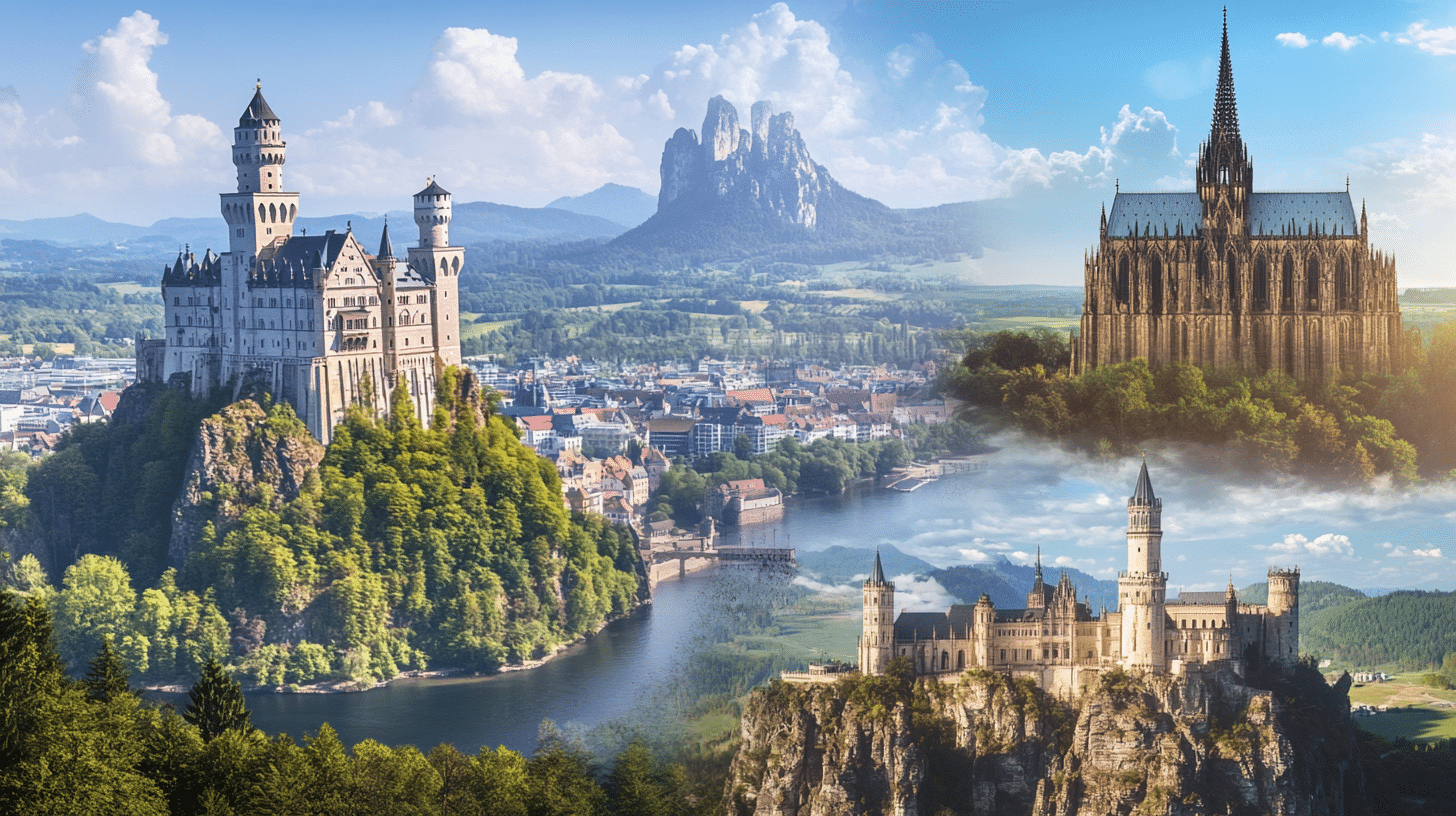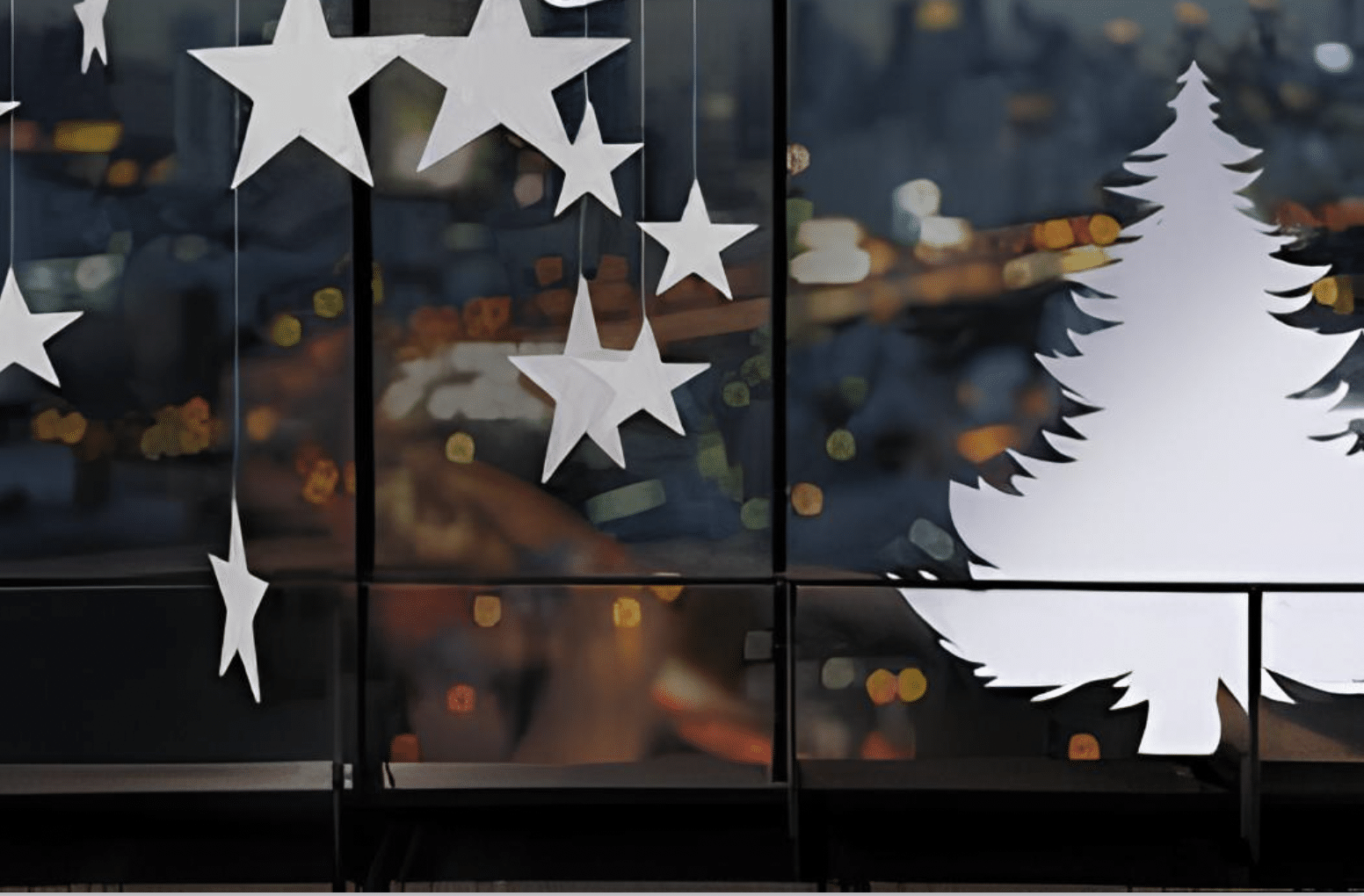Top 20 famous buildings in Germany: Visitors Guide
Are you in search of famous buildings in Germany? Then, let’s learn.
From magical castles to historic city gates, dense forests to towering mountains, this country offers something for every traveler.
We’ve gathered some must-see places and included everything you need to know – when to visit for the best experience,
How to get there easily, and interesting facts that make each place special.
Our simple breakdown gives you the history of each landmark and practical tips to make your visit smooth and enjoyable.
Use this as your roadmap to have an insight into Germany’s most amazing places!
Iconic Landmarks of Germany You Can’t Miss
1. Neuschwanstein Castle
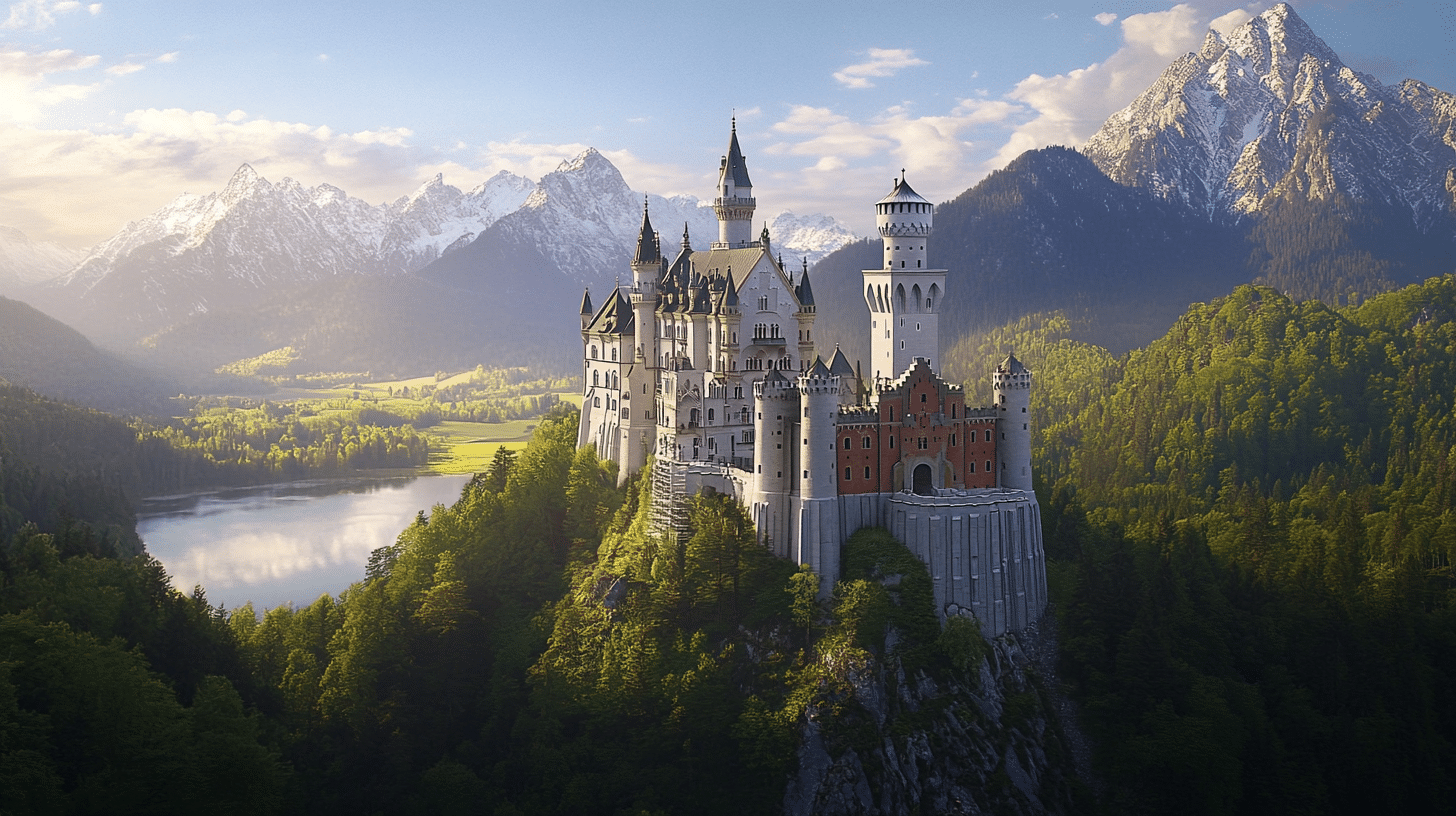
History and Importance: Built between 1869 and 1886 for King Ludwig II, this castle represents 19th-century romanticism.
Although Ludwig’s mysterious death prevented its completion, it became world-famous as the inspiration for Disney’s castle logo.
When to Visit: April- June or September- October for fewer crowds. Summer brings long lines; winter offers snow-covered beauty.
Local Travel Tips: Book tickets online weeks ahead. Take bus #73/78 from Füssen or hike from Hohenschwangau village.
Fun Facts: Only 14 of 200 planned rooms were finished. Ludwig lived here just 172 days before his death.
2. Cologne Cathedral
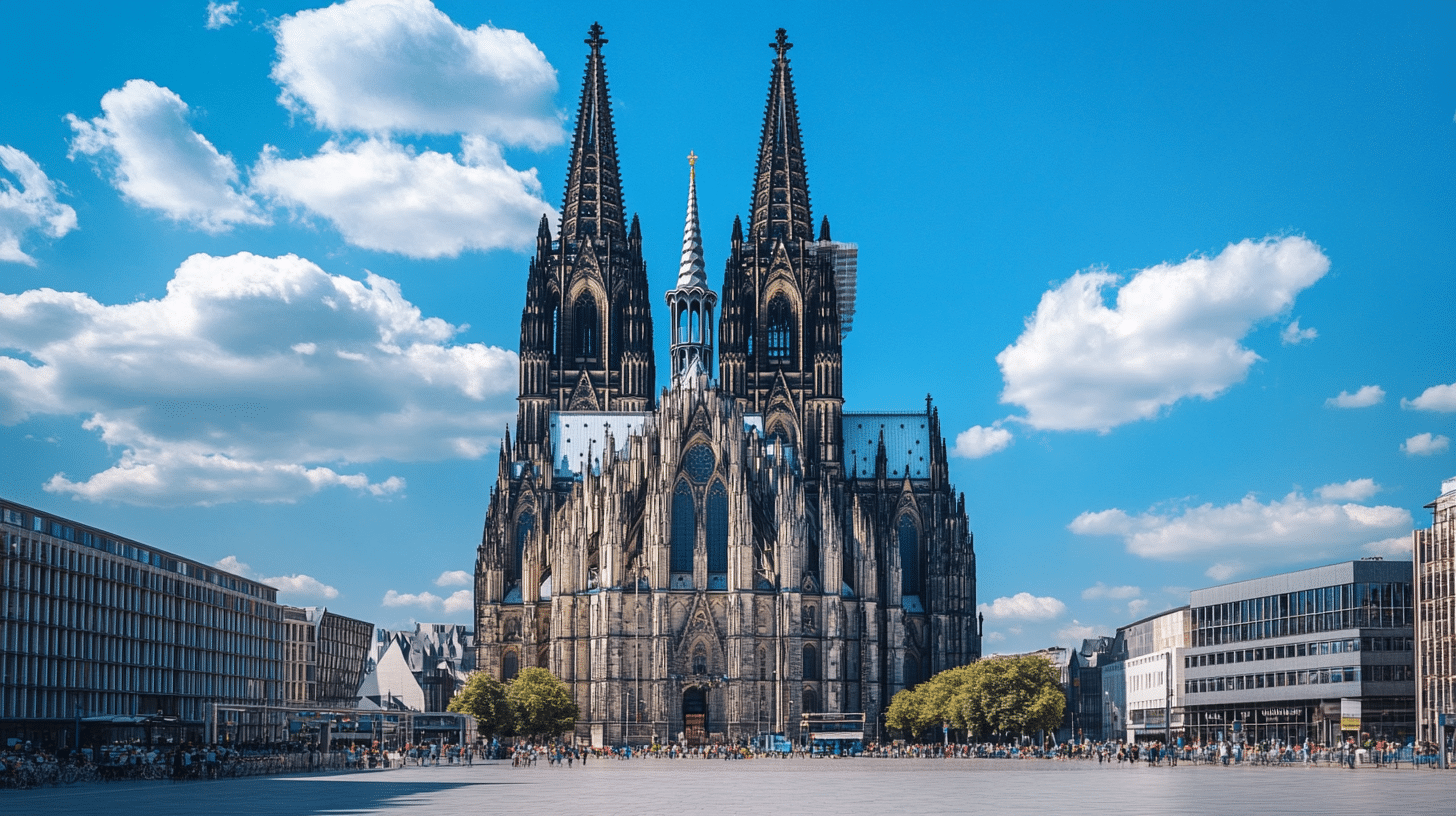
History and Importance: Construction began in 1248 but wasn’t completed until 1880. This Gothic masterpiece survived WWII bombings, which destroyed most of Cologne, and houses the gilded Shrine of the Three Kings.
When to Visit: Early morning or weekdays to avoid crowds. December brings Christmas markets to the square.
Local Travel Tip: Climb 533 steps to the south tower for city views. Access is directly across from the main train station.
Fun Facts: It took 632 years to complete. The cathedral houses the largest swinging church bell in the world, the St. Peter’s Bell, which weighs 24 tons.
3. Brandenburg Gate, Berlin

History and Importance: Built in 1791 as a peace symbol, it later marked the division between East and West Berlin. After 1989, it transformed into Germany’s unity symbol.
When to Visit: Visit early in the morning for photos without crowds. October 3rd (German Unity Day) features celebrations.
Local Travel Tips: Visit at night when illuminated. Combine it with the Reichstag (requires online reservation) and the Holocaust Memorial nearby.
Fun Facts: Napoleon stole the Quadriga statue atop the gate in 1806. After his defeat, it returned, and the goddess was given an Iron Cross.
4. Saxon Switzerland National Park
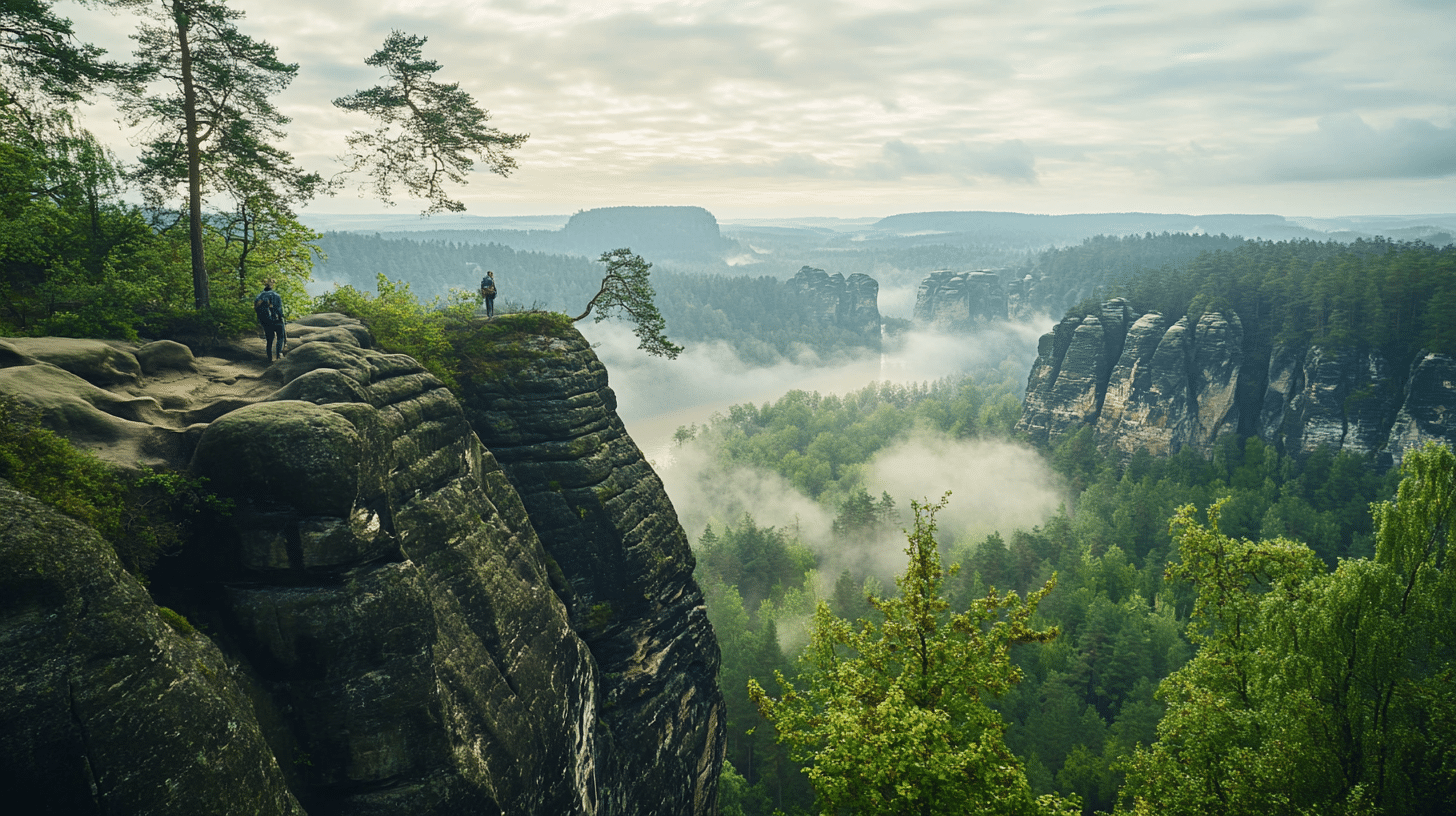
History and Importance: Named by Swiss artists who found it similar to their homeland, this park became protected in 1990.
Its 700+ climbing peaks attract rock climbers worldwide.
When to Visit: May-October for hiking. Autumn brings spectacular foliage. Winter shows frosty rock formations.
Local Travel Tips: Take S-Bahn train S1 from Dresden to Bad Schandau. Start with Bastei Bridge for iconic views.
Fun Facts: The Elbe Sandstone was once seabed 100 million years ago. The area inspired paintings by Caspar David Friedrich.
5. East Side Gallery, Berlin
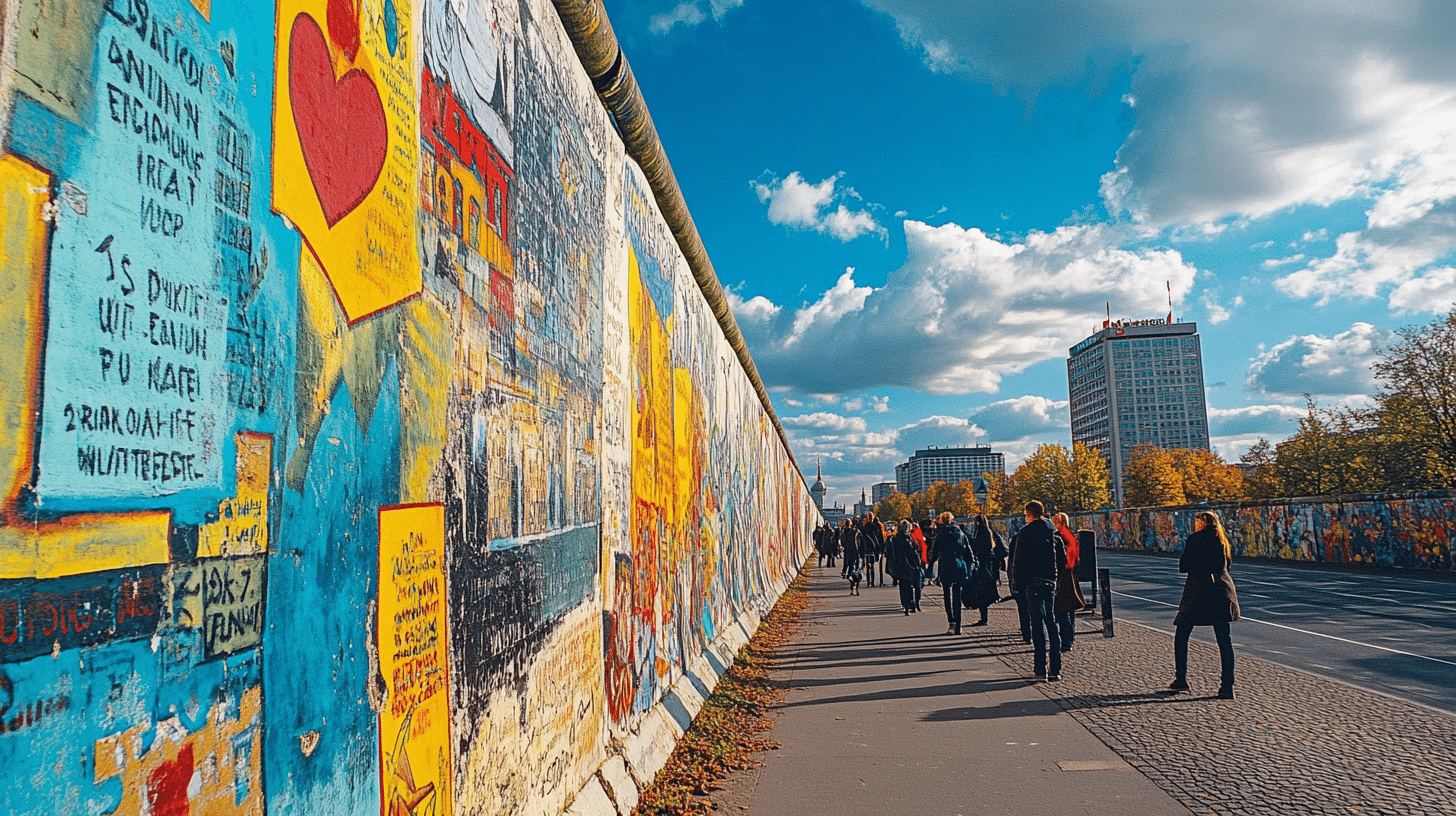
History and Importance: After the Berlin Wall fell in 1989, 118 artists from 21 countries painted this 1.3km section. It stands as freedom’s longest open-air gallery.
When to Visit: Early morning to avoid crowds. Summer evenings offer pleasant walking weather.
Local Travel Tips: Reach via Warschauer Straße S-Bahn station. Walk the full length (takes about 30 minutes).
Fun Facts: The “Fraternal Kiss” mural shows Soviet leader Brezhnev kissing East Germany’s Honecker – based on a real photograph.
6. Lake Constance
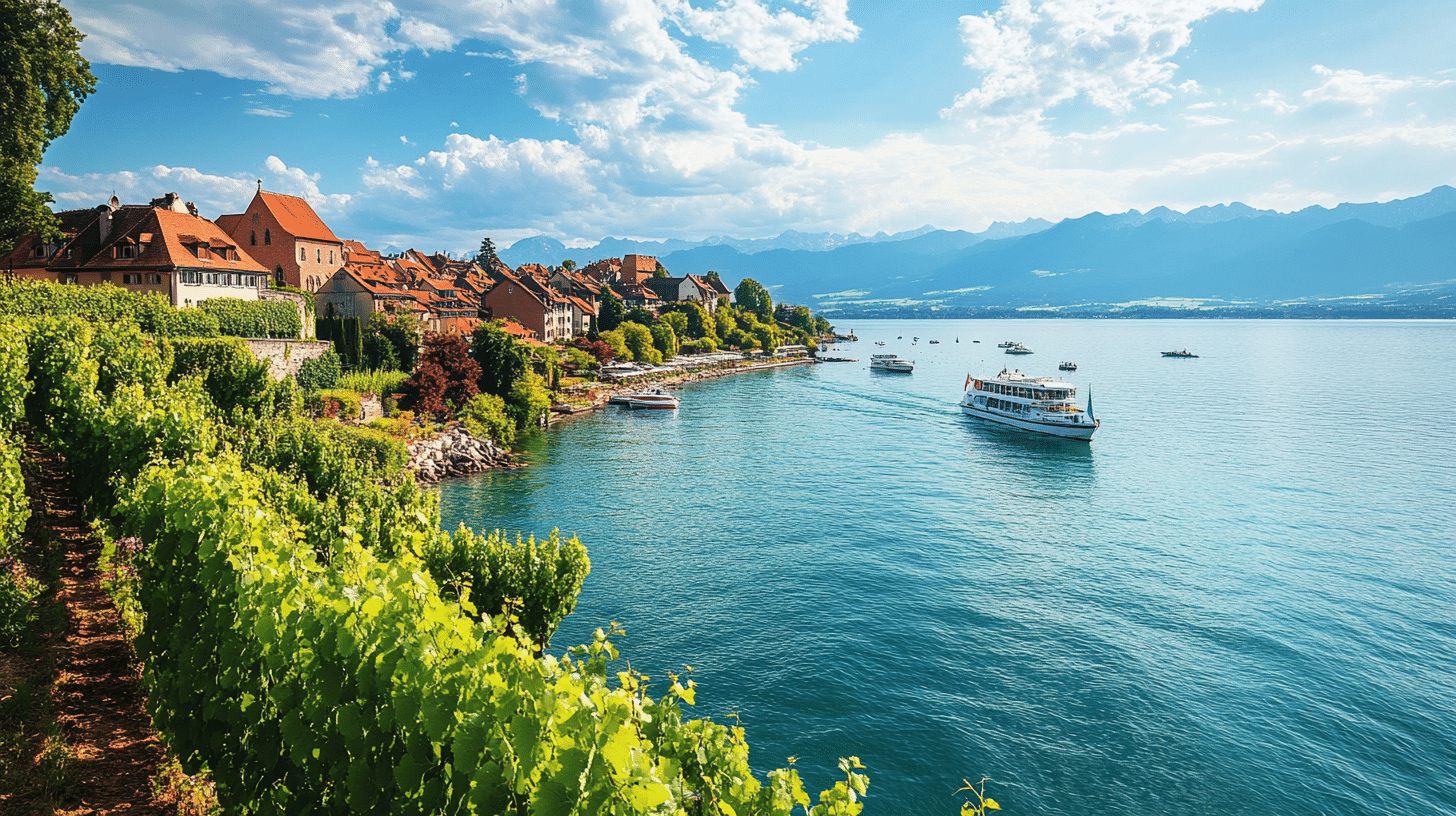
History and Importance: This lake, formed by the Rhine glacier during the last Ice Age, borders three countries.
Romans settled here; medieval towns like Konstanz and Lindau maintained commercial importance.
When to Visit: April-October for water activities and festivals. Boat services are reduced in winter.
Local Travel Tips: Buy the Lake Constance Card for unlimited transport. Visit Mainau Island for gardens.
Fun Facts: You can eat breakfast in Germany, lunch in Switzerland, and dinner in Austria without leaving the lake shore.
7. Nymphenburg Palace, Munich
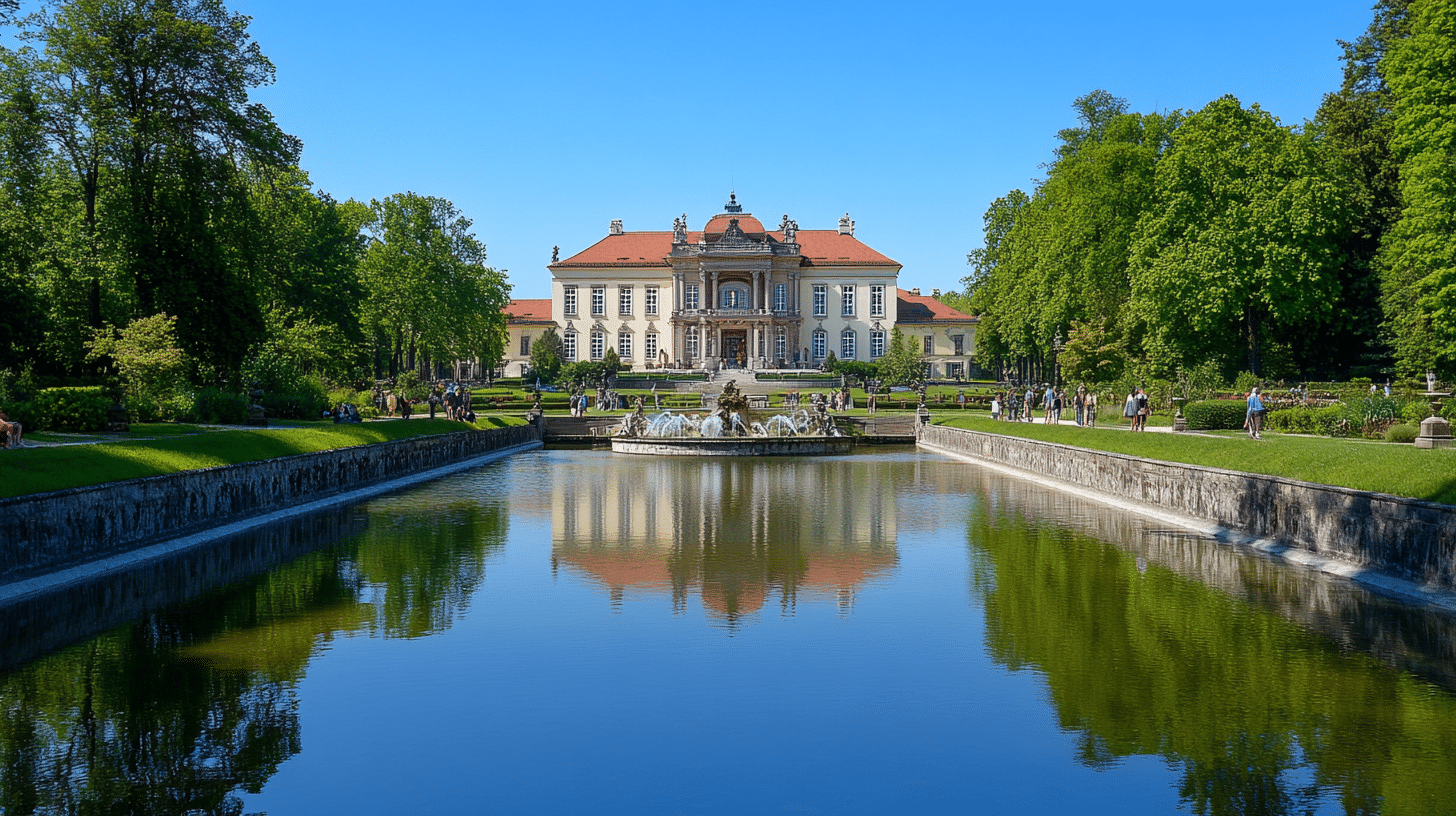
History and Importance: Built in 1664 as a summer residence for Bavaria’s rulers. Expanded over generations, it exemplifies Baroque architecture and houses the birthplace of King Ludwig II.
When to Visit: April- May or September for fewer crowds. Summer weekdays are better than weekends.
Local Travel Tips: Tram #17 goes directly from central Munich. Allow 2-3 hours to see the palace and gardens.
Fun Facts: The Great Hall contains a massive ceiling fresco by Johann Baptist Zimmermann showing Olympian gods.
8. Dachau Concentration Camp
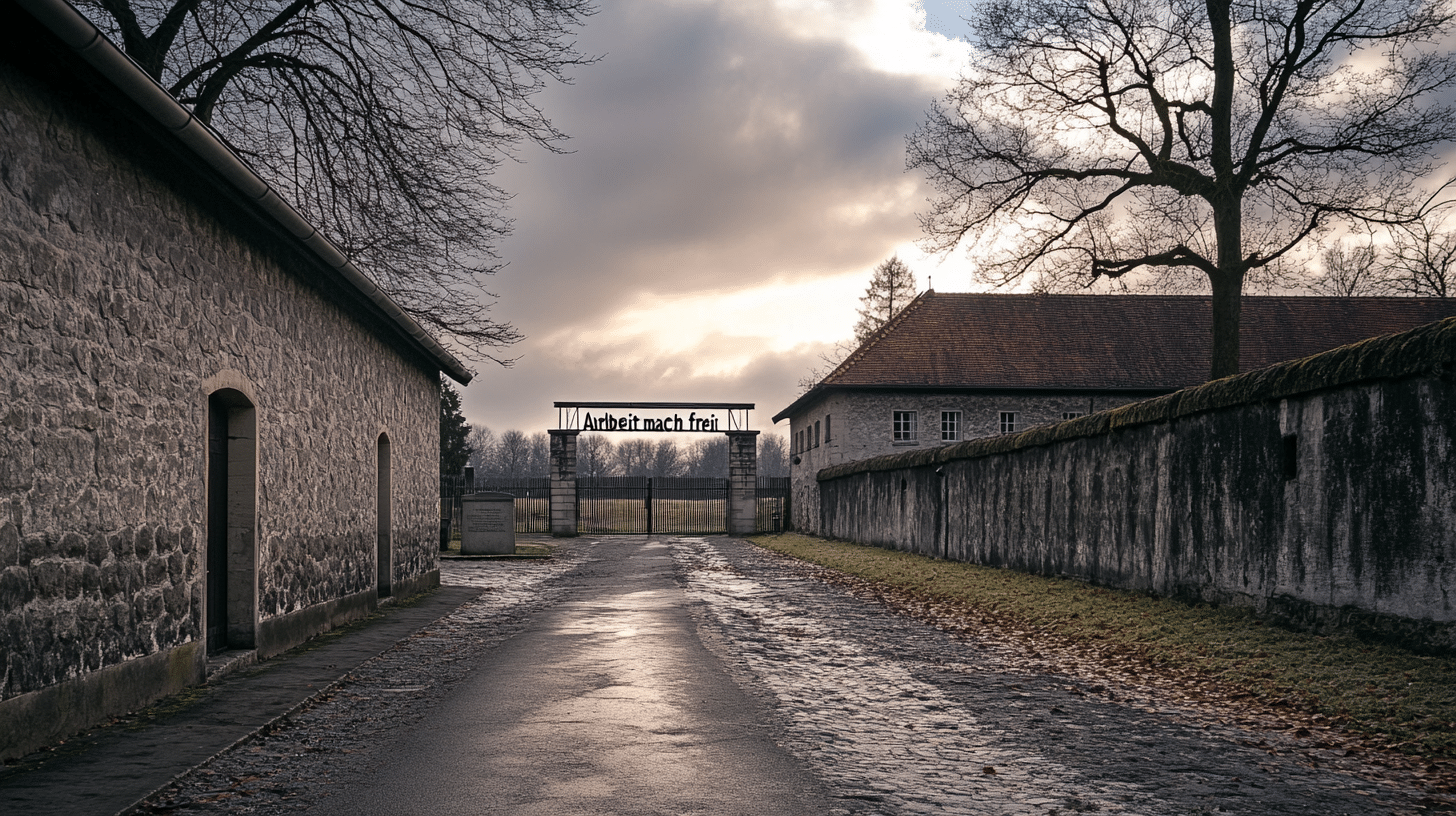
History and Importance: Established in 1933 as the first Nazi concentration camp. Over 200,000 prisoners were held here; more than 41,500 died before US troops liberated it in 1945.
When to Visit: Year-round. Winter provides a somber atmosphere, aligning with the site’s gravity.
Local Travel Tips: Take the S2 train from Munich (25 minutes) and then bus #726. Allow 3-4 hours for the visit.
Fun Facts: The entrance gate bears the infamous phrase “Arbeit macht frei” (Work sets you free).
9. Rothenburg ob der Tauber
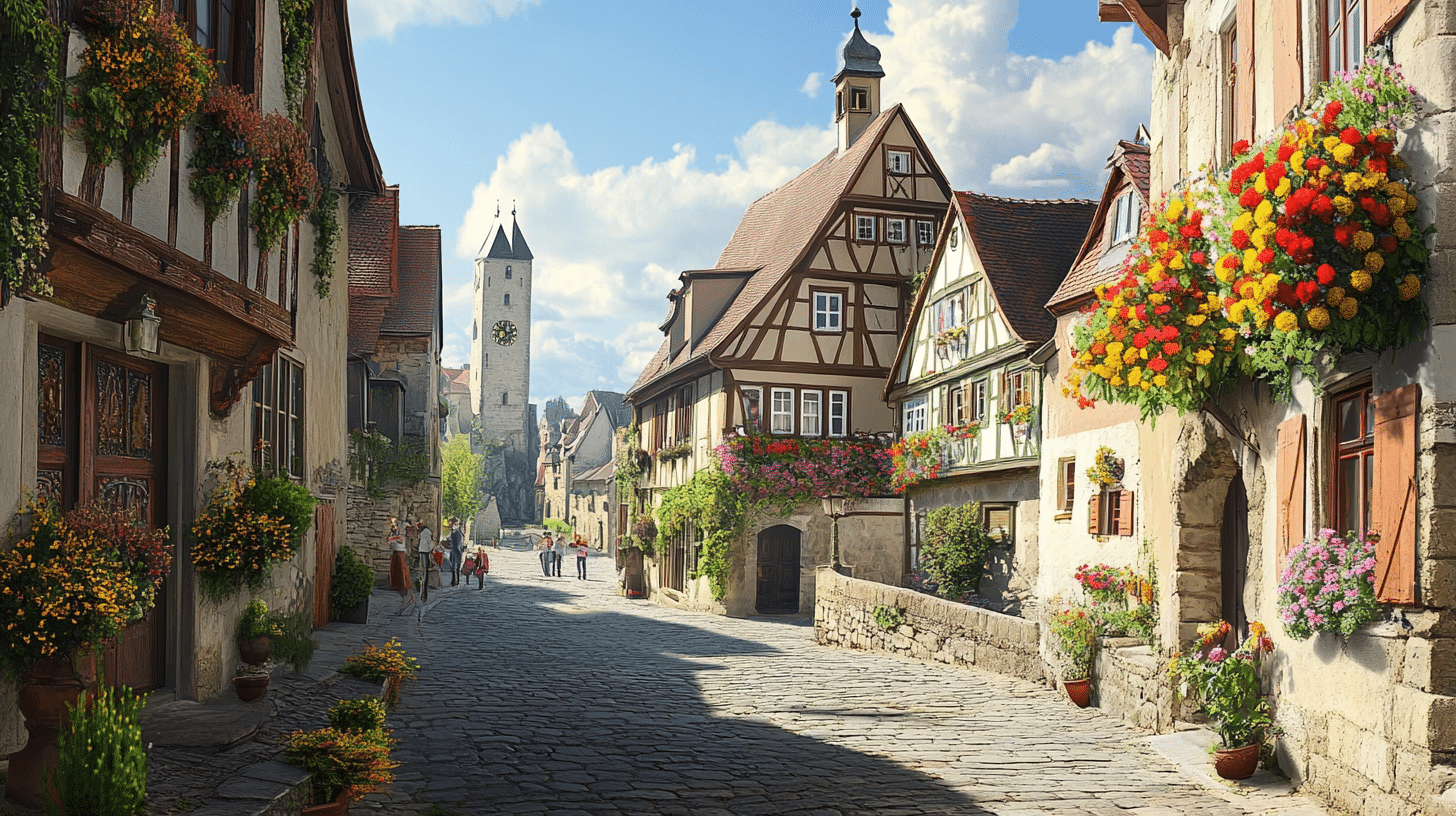
History and Importance: Founded in 1170, this walled town reached peak prosperity in the Middle Ages. Spared destruction during modernization, it preserves medieval German architecture nearly intact.
When to Visit: Visit between March and May or September and October to avoid summer crowds. December’s Christmas Market creates a magical atmosphere.
Local Travel Tips: Stay overnight when day-trippers leave. Walk the complete town wall circuit (2.5km).
Fun Facts: The town was saved during WWII when a US general, familiar with its beauty, spared it from bombing.
10. Berlin Cathedral
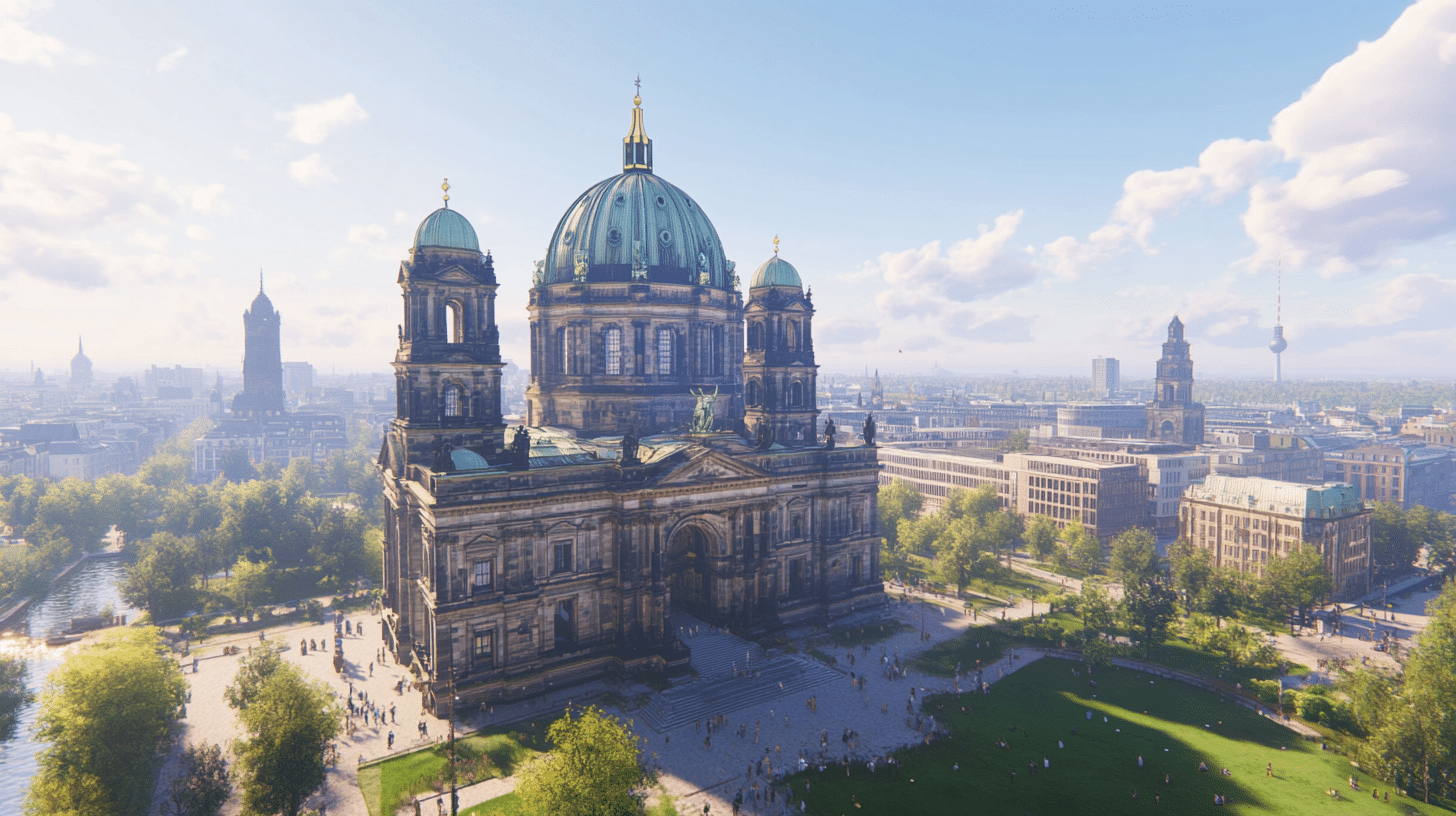
History and Importance: Completed in 1905 in neo-Renaissance style, the current cathedral stands where churches existed since 1465. Damaged in WWII, restoration finished only in 1993.
When to Visit: Weekday mornings for peaceful exploration. Special evening concerts offer a unique experience.
Local Travel Tips: Climb the 270 steps to the dome walkway for panoramic city views. A combined ticket with Museum Island saves money.
Fun Facts: The crypt contains nearly 100 sarcophagi of Prussian royals from the Hohenzollern dynasty.
11. Museum Island, Berlin

History and Importance: This complex of five museums, built between 1830 and 1930, became a UNESCO site in 1999. It houses treasures from ancient Egypt to 19th-century European art.
When to Visit: Thursday evenings (open late) to avoid crowds. Winter weekdays are the quietest.
Local Travel Tips: Buy a Berlin WelcomeCard or Museum Pass for savings. Start with Pergamon or Neues Museum.
Fun Facts: Museum Island was largely ruins after WWII. Some collections were split between East and West Berlin until reunification.
12. Zugspitze
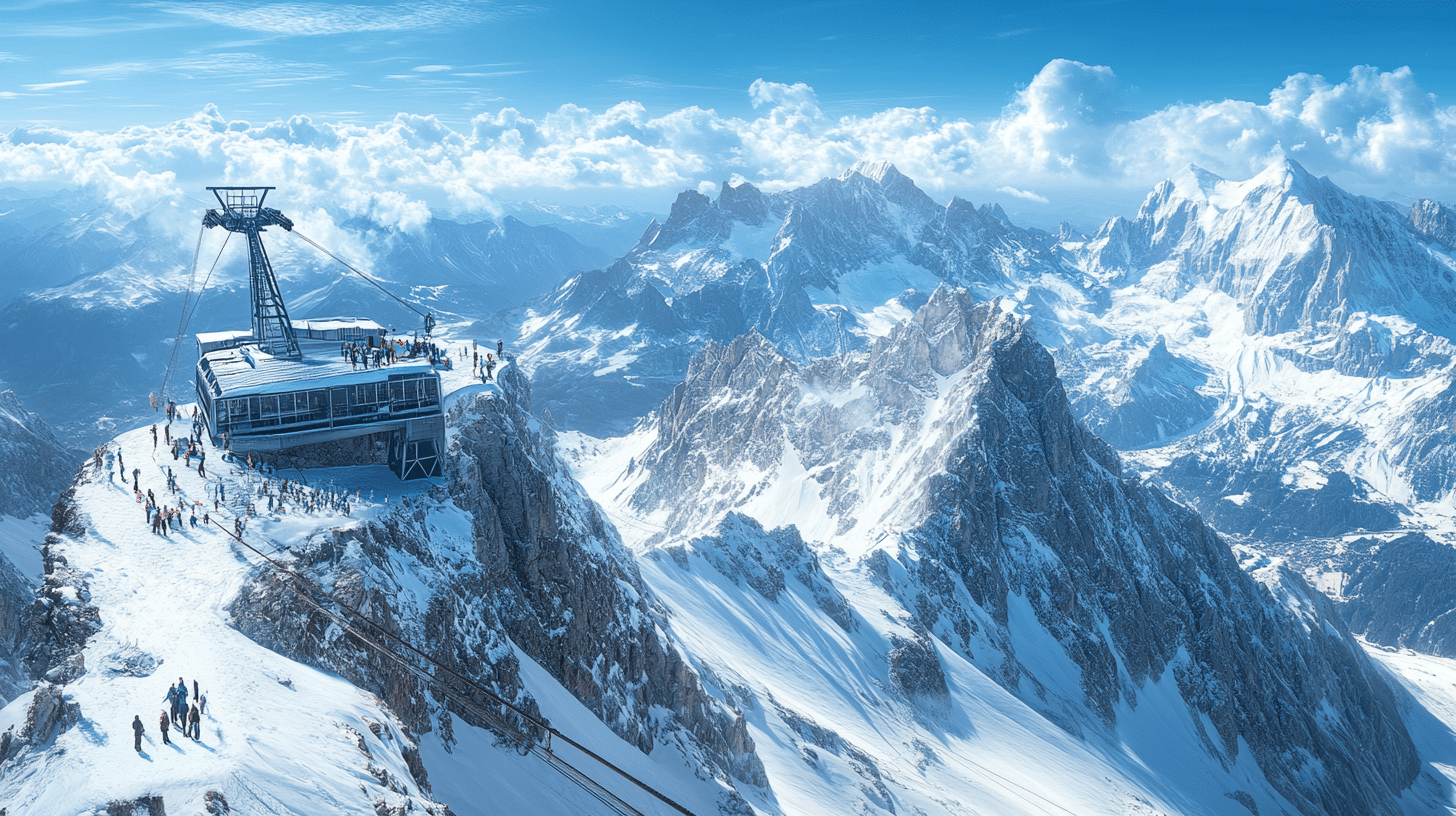
History and Importance: Germany’s highest mountain (2,962m) was first climbed in 1820. Three glaciers remain on its slopes, although climate change is shrinking them rapidly.
When to Visit: May-October for hiking. December- March for skiing. Avoid holidays and summer weekends.
Local Travel Tips: Take cable car from Eibsee (fastest) or cogwheel train from Garmisch-Partenkirchen (scenic).
Fun Facts: The summit is split between Germany and Austria, with border markers and restaurants from both countries.
13. Black Forest
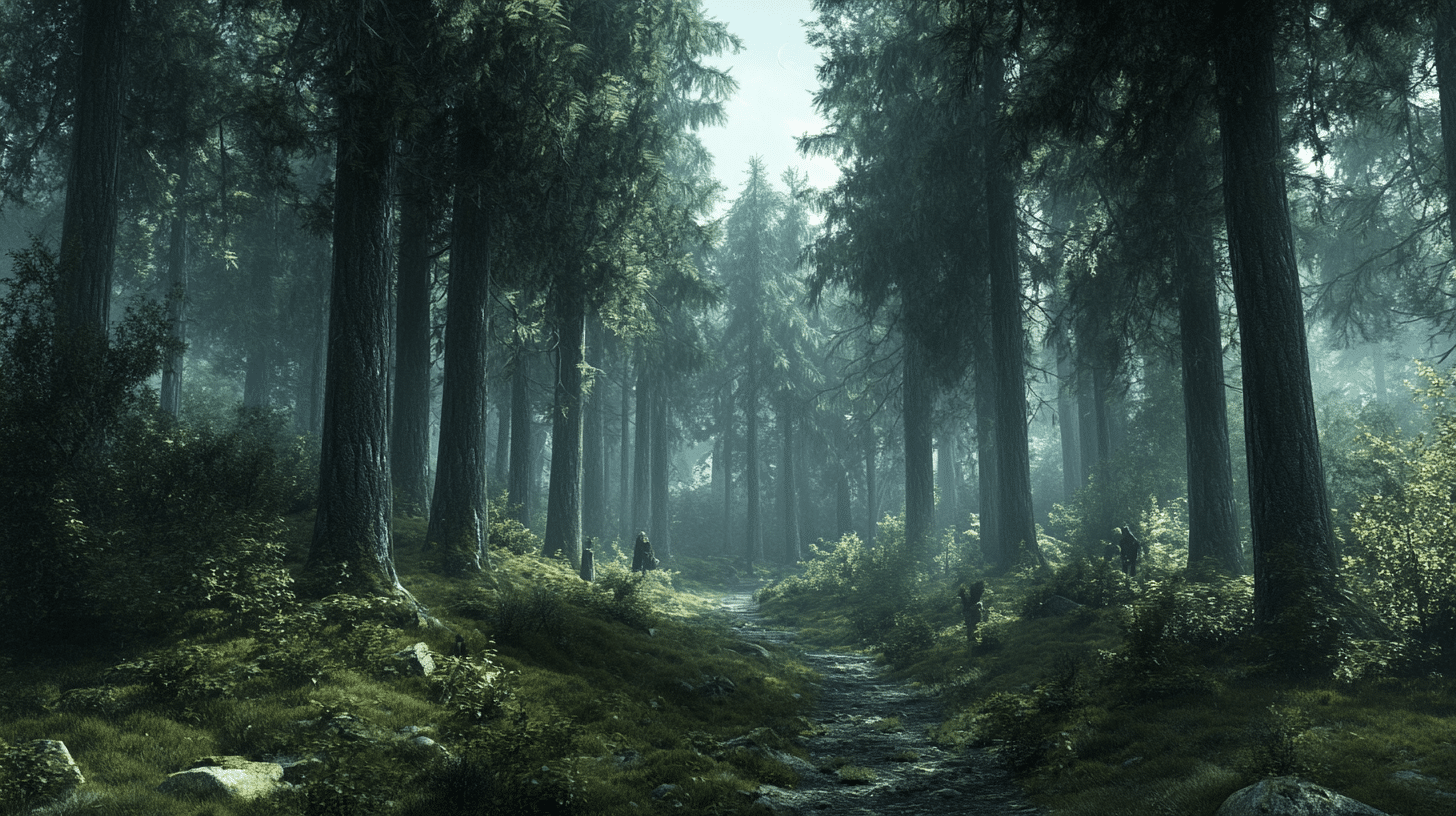
History and Importance: The Romans named this region for its dense, dark forests, which inspired Grimm’s fairy tales. Traditional crafts like cuckoo clocks and Black Forest cakes originated here.
When to Visit: April through October is the best time for hiking, July through August is the best time for lake swimming, and winter is the best time for skiing and Christmas markets.
Local Travel Tips: Base yourself in Freiburg or Titisee. The Black Forest Card offers free transport.
Fun Facts: The world’s first cuckoo clock was made here around 1730. The Black Forest’s mineral springs feed famous thermal spas.
14. Rhine Valley
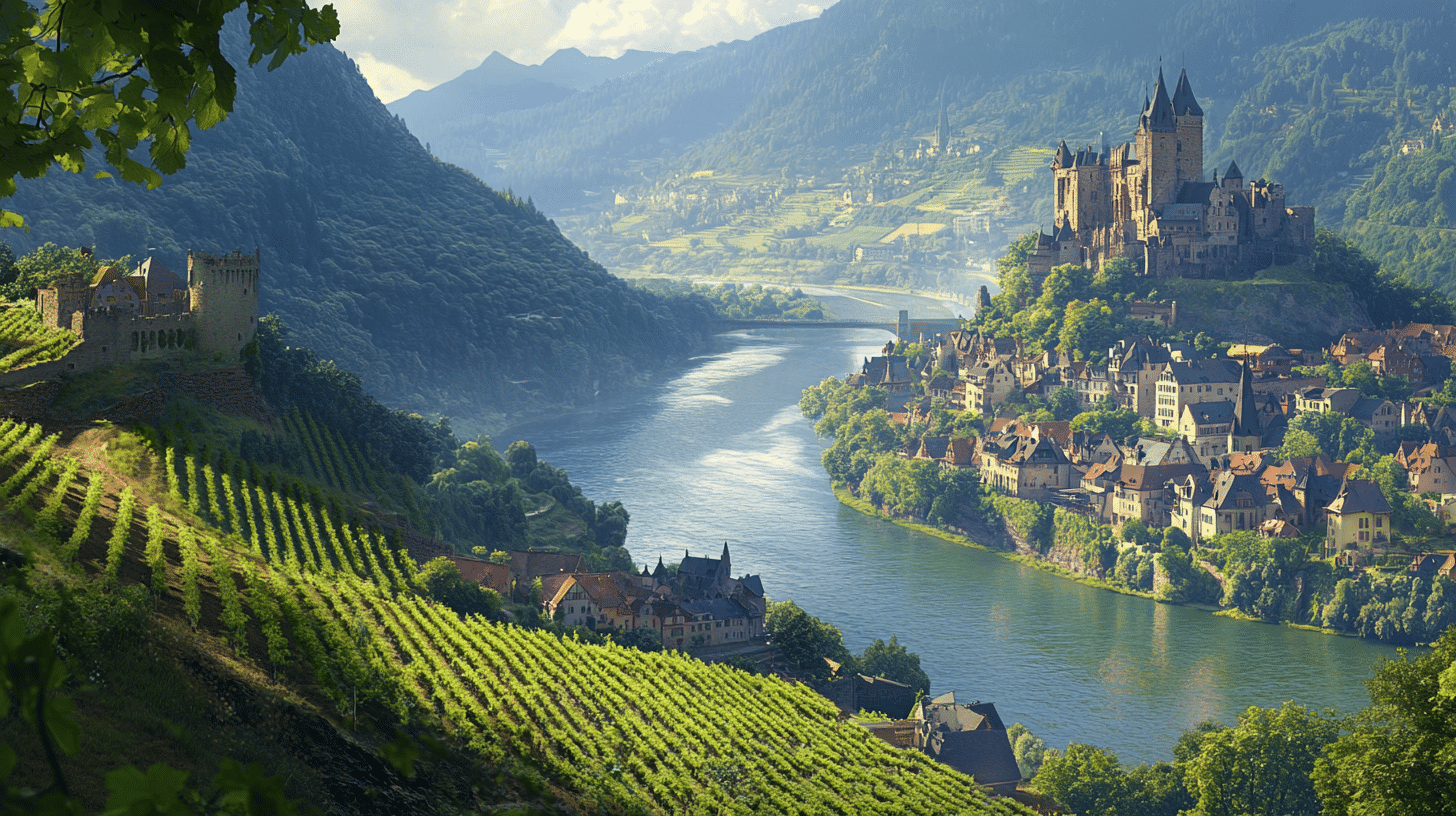
History and Importance: The Middle Rhine became a UNESCO site in 2002 for its cultural landscape. Romans established vineyards, and medieval castles controlled river commerce.
When to Visit: May-October for boat trips. September-October for wine festivals and grape harvests.
Local Travel Tips: The Train runs along both riverbanks. Buy a KD Rhine Pass for unlimited boat travel.
Fun Facts: The Rhine has more castles concentrated in one area than any river in the world – over 40 in the Middle Rhine section alone.
15. Heidelberg Castle

History and Importance: Built in the 13th century, it was expanded by generations of rulers. Partially destroyed by lightning and wars, its romantic ruins influenced German Romanticism.
When to Visit: April- May and September- October to avoid summer crowds. Evening illuminations occur on the first Saturdays of June, July, and September.
Local Travel Tips: Funicular from Kornmarkt square saves uphill walk. Visit early morning or late afternoon.
Fun Facts: The castle cellar houses the world’s largest wine barrel, built in 1751, holding 58,000 gallons.
16. The Lorelei Rock
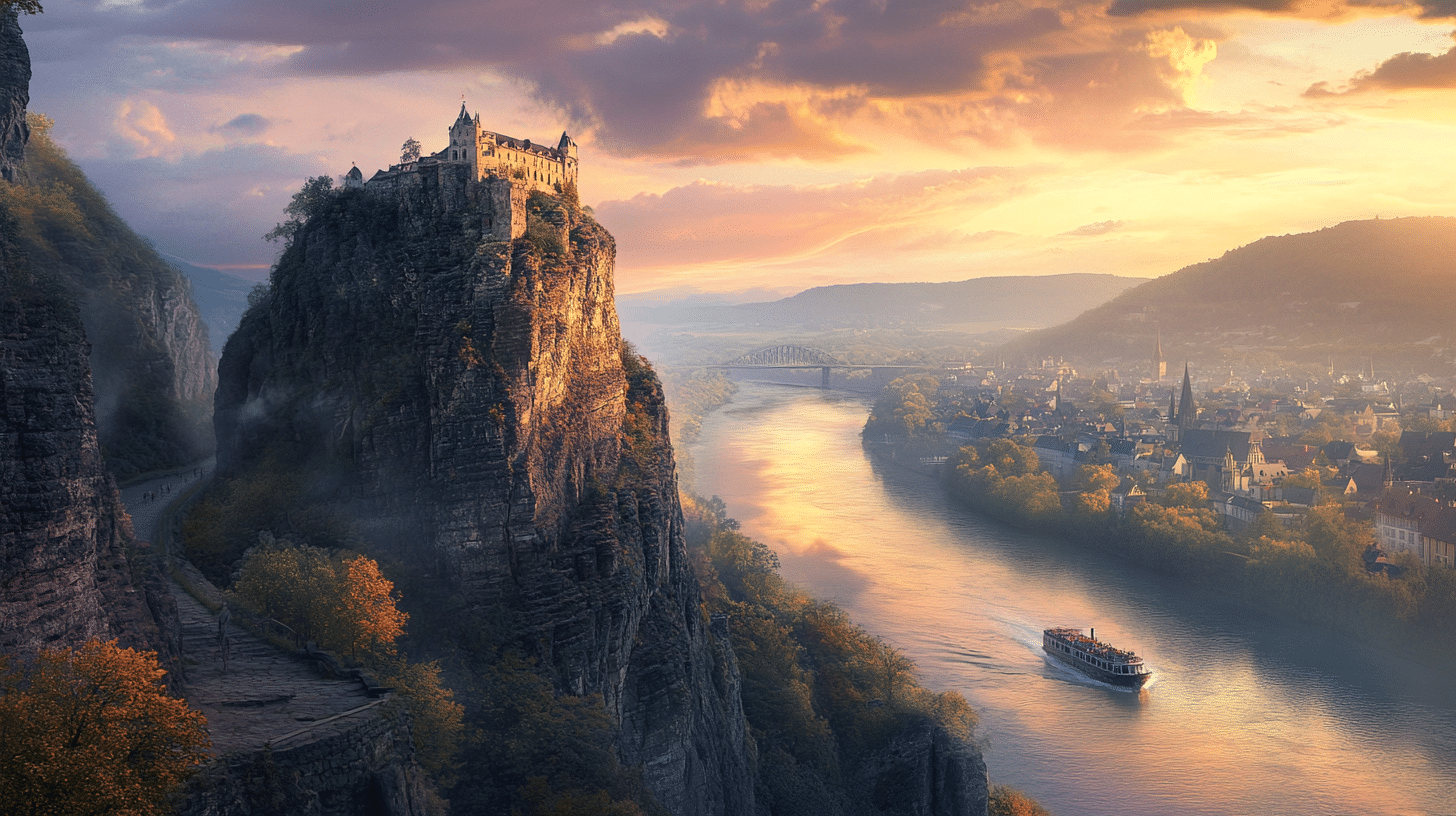
History and Importance: This 132m slate rock marks the Rhine’s narrowest, most dangerous point. Heinrich Heine’s 1824 poem about a siren luring sailors to death made it famous.
When to Visit: May-October when Rhine boat trips operate. Summer evenings for sunset views.
Local Travel Tips: Viewpoints exist above (hiking trail) and below (boat trip). St. Goarshausen train station is the closest access point.
Fun Facts: The rock’s strange echoing effect inspired the siren legend. Before modern navigation, over 500 ships wrecked here.
17. Miniatur Wunderland, Hamburg
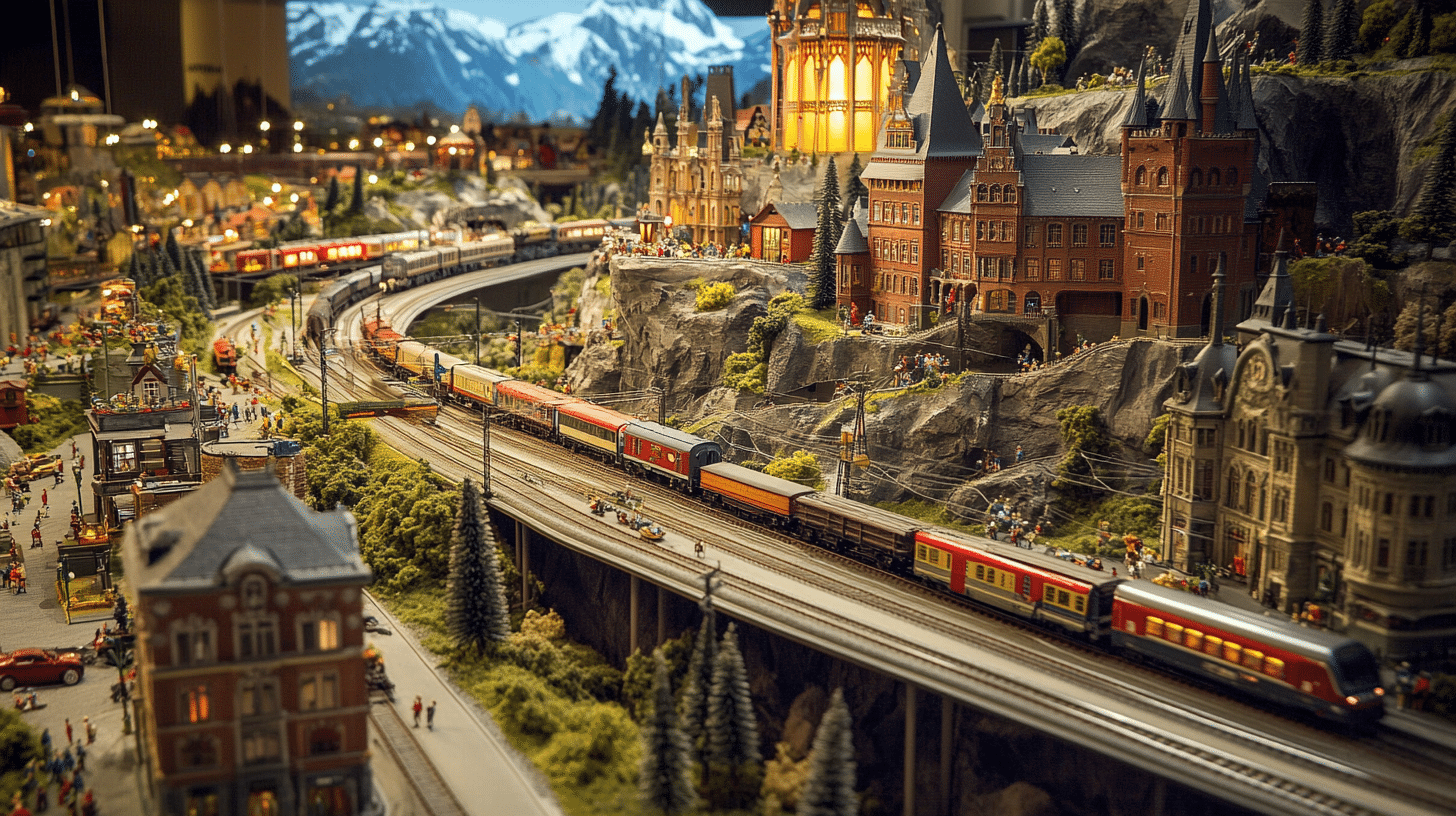
History and Importance: Opened in 2000, it is now the world’s largest model railway. Nine themed sections include faithful recreations of Hamburg, the Alps, and America, as well as a fully functional miniature airport.
When to Visit: Weekday mornings, especially Tuesday/Wednesday. Book online for a specific entry time.
Local Travel Tips: Located in Speicherstadt warehouse district. Allow 3+ hours; many visitors stay all day.
Fun Facts: It contains 1,040 trains, 4,340 buildings, 385,000 lights, and 260,000 figures. The day-night cycle changes every 15 minutes.
18. Schloss Charlottenburg, Berlin
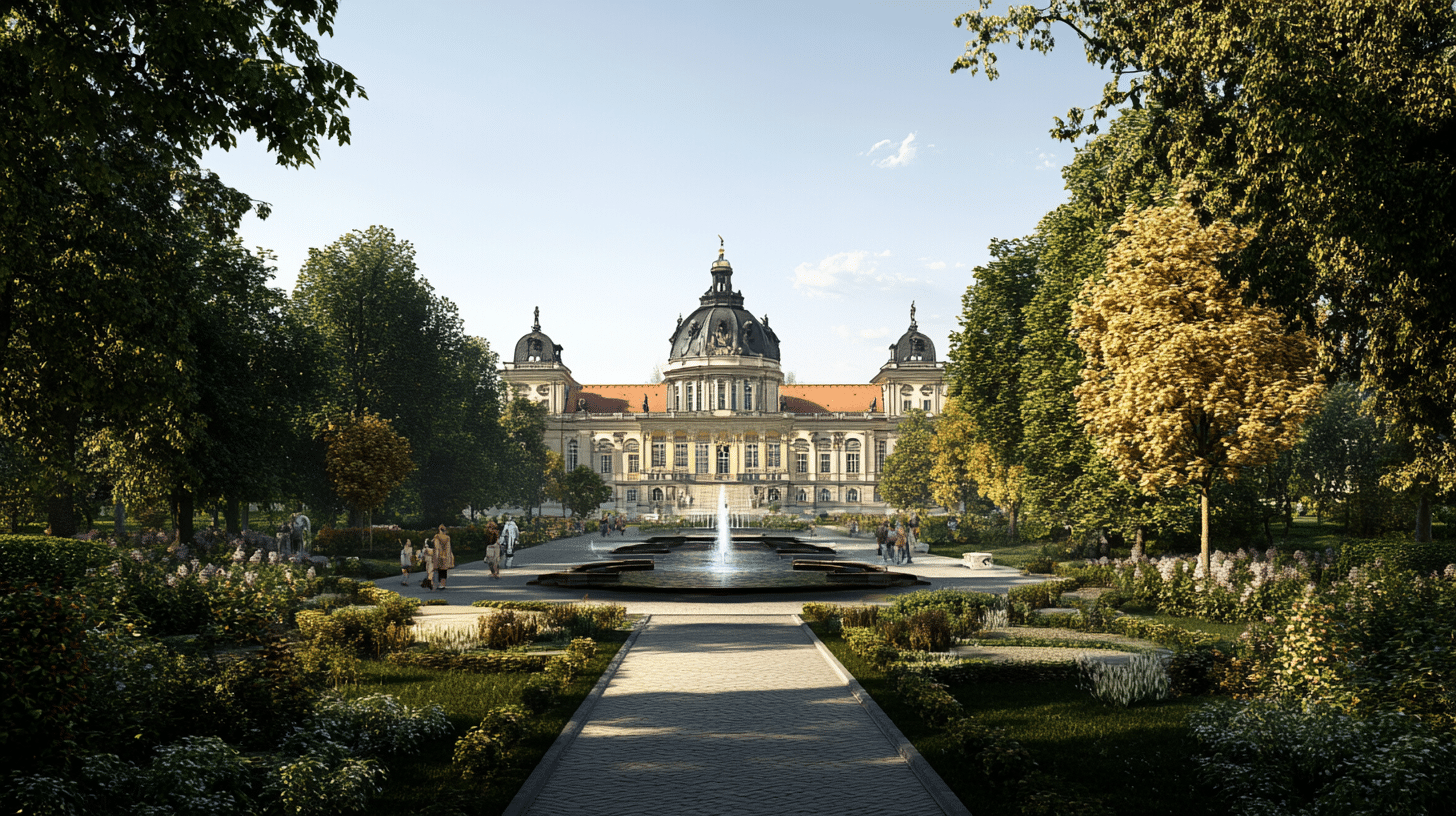
History and Importance: Built 1695-1713 as a summer palace for Sophie Charlotte, wife of Friedrich I, it was later expanded by Frederick the Great and is now Berlin’s largest palace.
When to Visit: April- June and September- October for gardens. December for Christmas markets.
Local Travel Tips: The palace and gardens are closed on Mondays. Arrive early to explore them. The audio guide is essential.
Fun Facts: The central dome originally had a gold-plated weather vane with a clock, compass, and barometer combined.
19. Sanssouci Palace, Potsdam
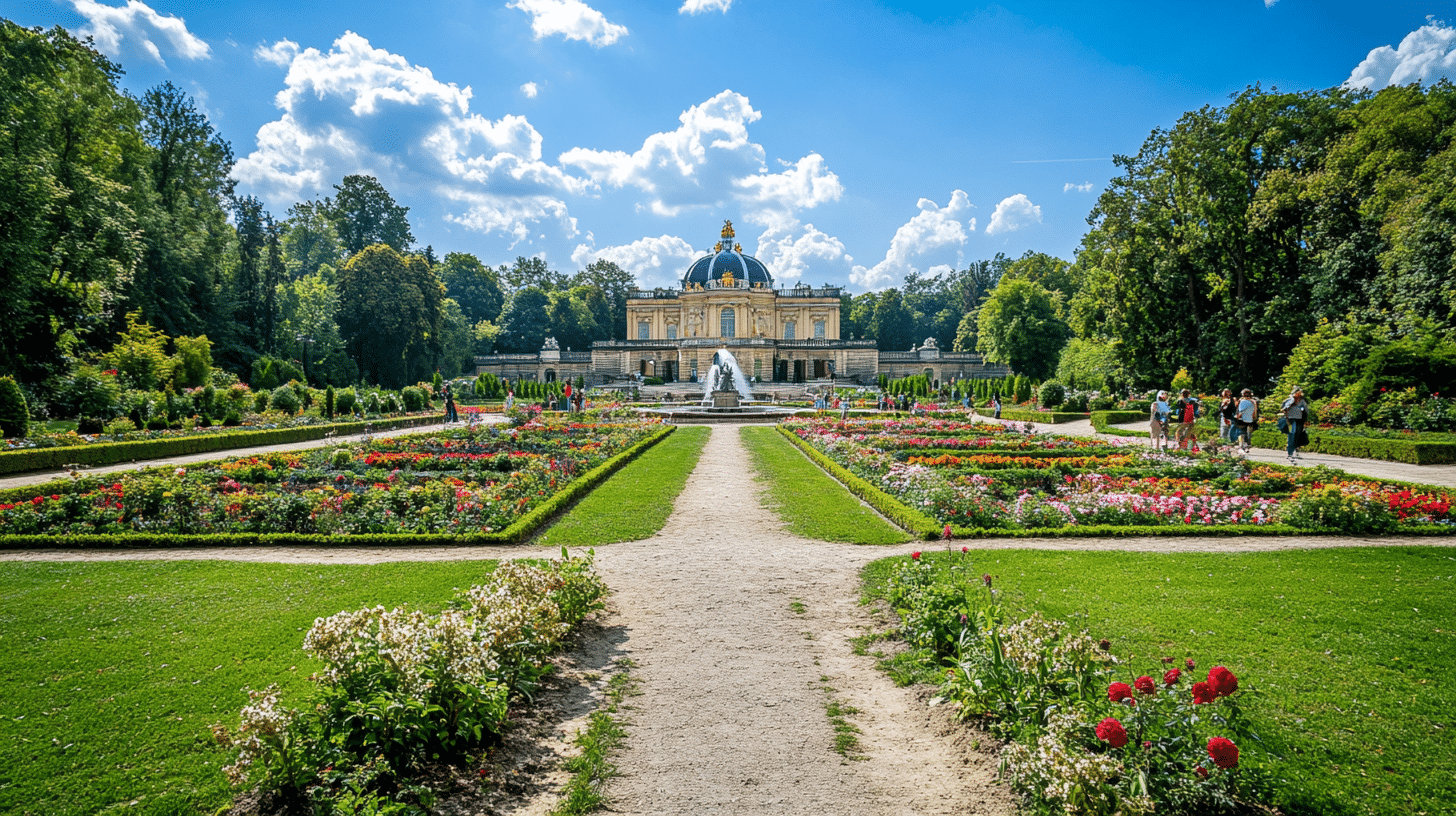
History and Importance: Built 1745-1747 for Frederick the Great as a private retreat (“sans souci” means “without worries”). Single-story rococo design reflected the king’s taste rather than royal grandeur.
When to Visit: April- May for spring blooms. On weekdays, avoid weekend crowds.
Local Travel Tips: Get a combined ticket for multiple Potsdam palaces. Travel from Berlin via regional train to Potsdam and then bus #695.
Fun Facts: Frederick is buried on the palace grounds next to his dogs, fulfilling his wish despite opposition from later rulers.
20. The Fairy Tale Road
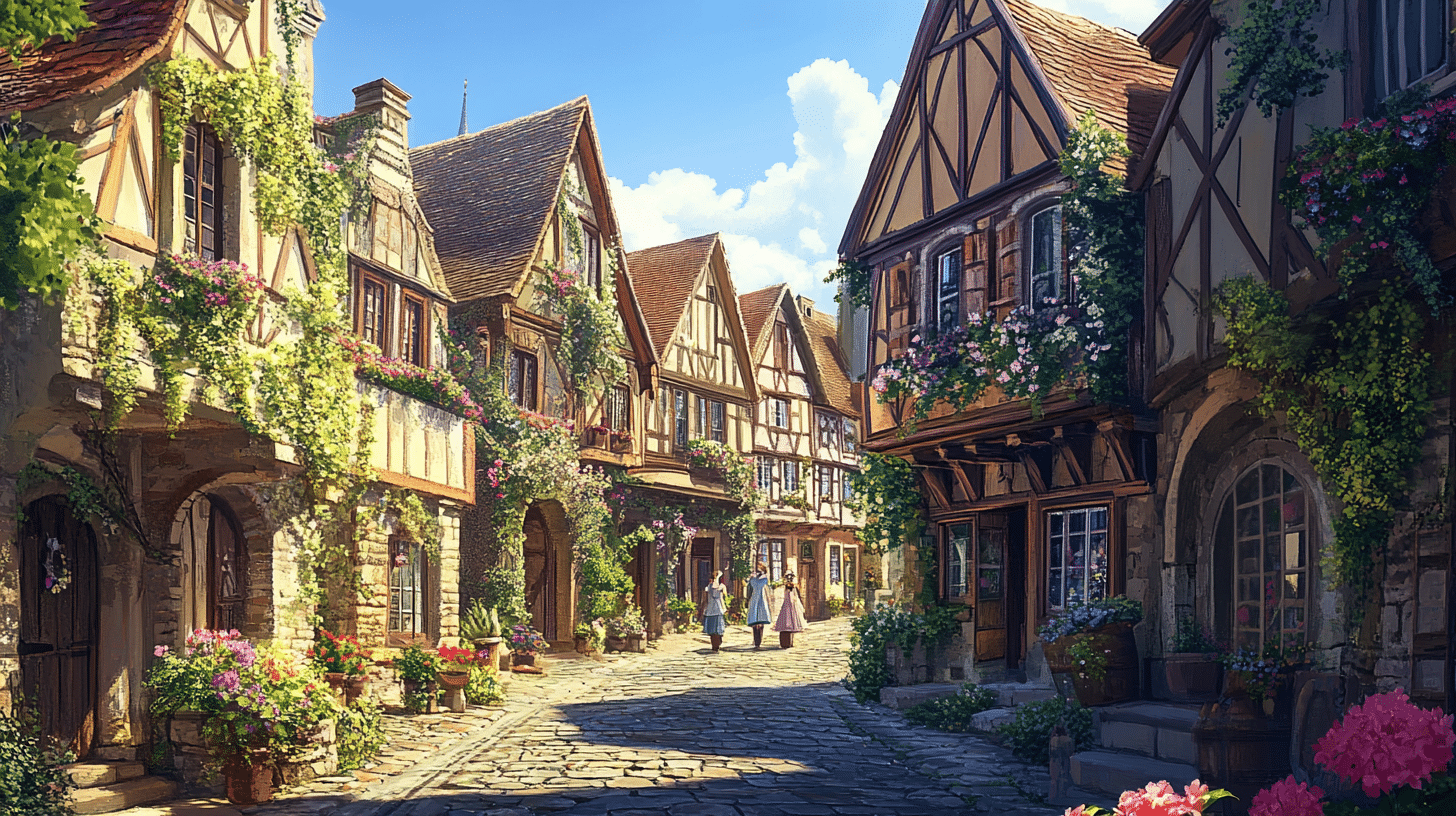
History and Importance: A 600-km route was established in 1975, linking towns and landmarks associated with the Brothers Grimm, who collected folk tales while working as librarians and linguists.
When to Visit: April-October for good weather. December for Christmas markets in medieval towns.
Local Travel Tips: Rent a car for flexibility. Key stops include Hanau (their birthplace), Marburg (where they studied), and Bremen.
Fun Fact: The Grimms’ first edition (1812) was not for children; its tales were much darker and violent than modern versions.
Conclusion
As you plan your German adventure, these famous buildings in Germany offer a perfect mix of natural beauty, rich history, and cultural significance.
This blog will take you to medieval towns with cobblestone streets, impressive cathedrals, peaceful lakes, and much more.
Germany rewards visitors with authentic experiences and stunning sights.
The practical information we’ve shared helps you avoid crowds, save money, and find the best ways to experience each location.
Germany’s diverse attractions tell the story of a nation where ancient traditions and modern life blend beautifully across its varied landscapes.
For more such interesting blogs go through our website.

